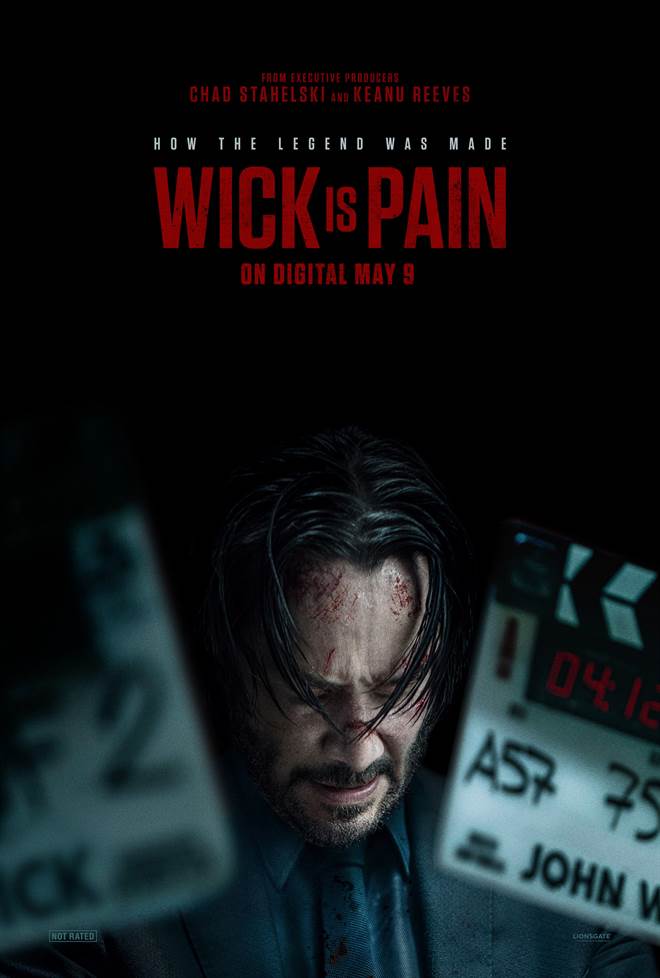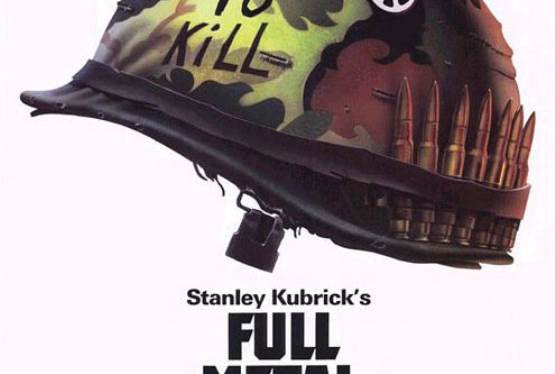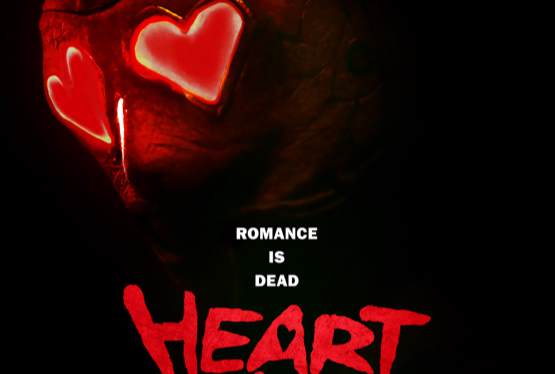Anyone who is a fan of John Wick knows there have been four films made, with a fifth one on the way and a variety of spin-offs. They may even be aware that the first 4 movies have grossed over a billion dollars worldwide. However, many people may not be aware that the first John Wick film almost didn't get made due to an income shortfall of $6 million. It also almost didn't have a domestic distributor, which is difficult to believe, until Lionsgate stepped in and took on that role. Luckily, director Jeffrey Doe (Salinger) created a documentary, called Wick Is Pain, that discusses these issues and more about the highly successful franchise. Wick Is Pain is currently streaming on all streaming platforms.
John Wick originates in the martial arts/movie stunt world when Keanu Reeves' stunt double on The Matrix, Chad Stahelski, decided he wanted to co-direct an action feature film with his friend David Leitch (Bullet Train). The two settled on the script for John Wick and, with Producer Basil Iwanyk (Sicario), soon got Keanu Reeves attached as the star. Unfortunately, a few days before principal photography was set to begin in October 2013, one of the backers was $6 million short, bringing production to a halt.
Luckily, financing was secured from a different means, and shooting began. To hear Reeves and Stahelski tell it, things snowballed from there. The duo go on to view footage from the film and behind-the-scenes videos while waxing nostalgic about everything from injuries on set to intricate stunt sequences and from plot lines to swearing they were never making another John Wick movie after the last one wrapped. Their easy rapport and banter offer insight into their working relationship while making the Wick films and a personal friendship that reaches a decade and a half further back.
What Doe does is focus a good portion of the documentary on Stahelski as a stunt performer and coordinator, and how that led him down the path of directing John Wick. It offers insight into 87 Eleven Action Design and how the production company has become a leader in training actors and stunt people while designing action sequences for some of the biggest movies on the big screen today. Offering this background gives the viewer another perspective on how Stahelski was preparing for this new role as a director without him even knowing it.
Doe also reviews how each movie in the franchise has changed and evolved as each film became more popular and successful. An example of this success is listening to Stahelski, Reeves, and Iwanyk talk about the star talent they were able to attract as each movie progressed. From Laurence Fishburne (The Matrix) calling up Reeves asking to join the cast to Halle Berry (Monster's Ball) and Anjelica Houston (Ever After: A Cinderella Story) eagerly signing on for film number three, the level of talent has risen as the films became more and more popular.
Of course, the documentary would be negligent if it didn't explain its title (which is jokingly suggested by Iwanyk at some point during the interviews for the documentary), so Stahelski and Reeves reminisce about the sequence that led up to the moment Stahelski mutters those three little words that summarize the franchise to a tee. From the pain of trying to get the money to actually make the first movie to the injuries suffered while filming (many of them by Reeves himself) and the utter exhaustion felt by everyone once a John Wick film is completed, there is little surprise where Wick Is Pain came from in the first place.
Any fan of the franchise would be remiss if they didn't watch this insightful documentary behind the billion-dollar franchise that almost wasn't.
Grade: B+







